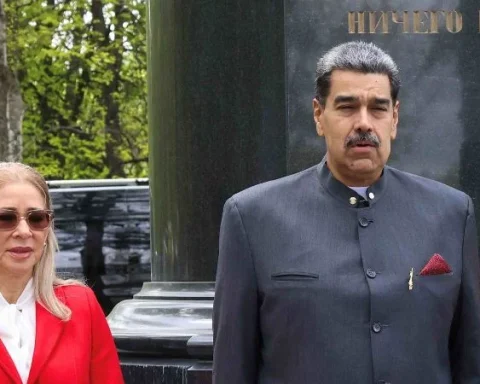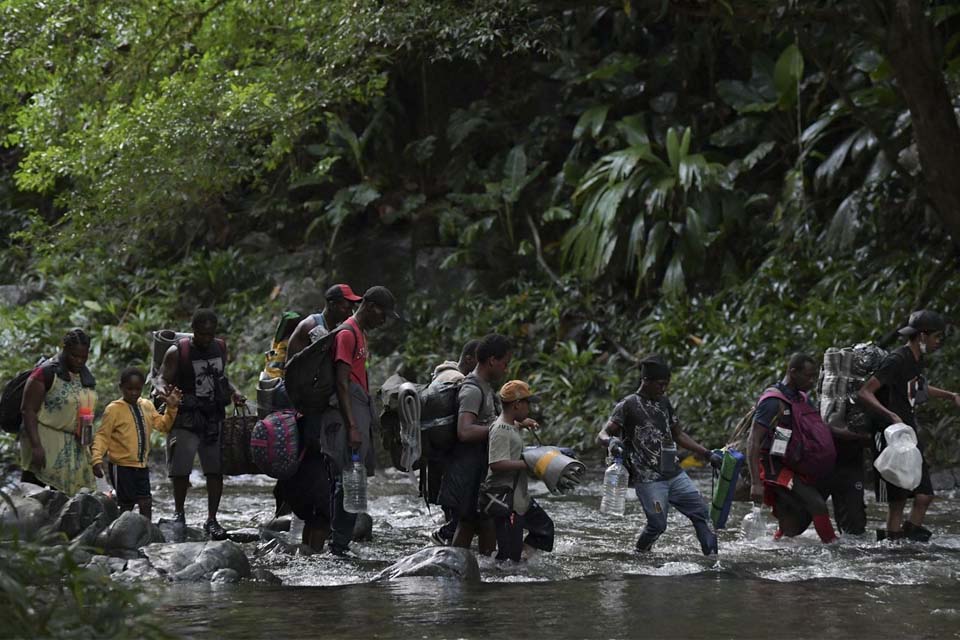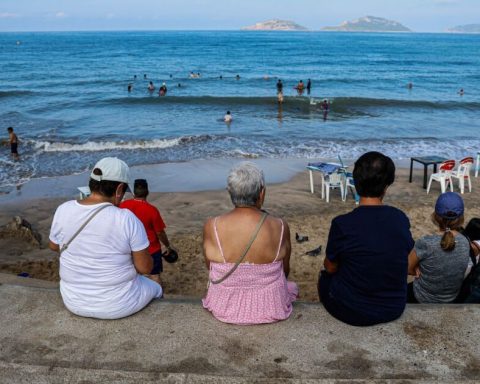MADRID, Spain.- In the Sierra de los Órganos, belonging to the Guaniguanico Mountain Range in the western Cuban province of Pinar del Río, in the Dos Hermanas Valley located in the Valle de Vinales, there is a colossal work of art: the Mural of Prehistory.
One of the largest open-air paintings in the world, on the natural wall of a mogote, 120 meters high and more than 160 meters wide, it represents the evolutionary process of life in that region, with an artistic design that includes aborigines. , dinosaurs, large mammals such as Megalocnus rodens (extinct giant bear), snails and marine reptiles.
Made during the first five years of the 1960s, following the design of the late Cuban painter and scientist Leovigildo González Morillo, who was also Director of Cartography of the Cuban Academy of Sciences.
Once the mogote named Pita was chosen, the rock was washed and drained before carrying out the work, to avoid deterioration of the paint due to erosion. Directed by the creator of the Mural, who followed them with a telescope and showed them how to make the lines, peasants who had never painted worked on the work, driven by a parachute harness.
The son of a Yucatecan who emigrated to Cuba, Leovigildo was a disciple in his youth of the Mexican muralist Diego Rivera (1886-1957); and he also devised the drainage system for the mogote to prevent the accumulation of water between the stones of the artistic ensemble.
Despite the passage of time and inclement weather, the original beauty of the Prehistoric Mural is maintained, its colors are preserved and preserved. Preventing possible deterioration, experts have retouched it in some places with enamels and paints resistant to the conditions of Viñales. It is one of the most visited sites in the Valley and in Cuba.

















